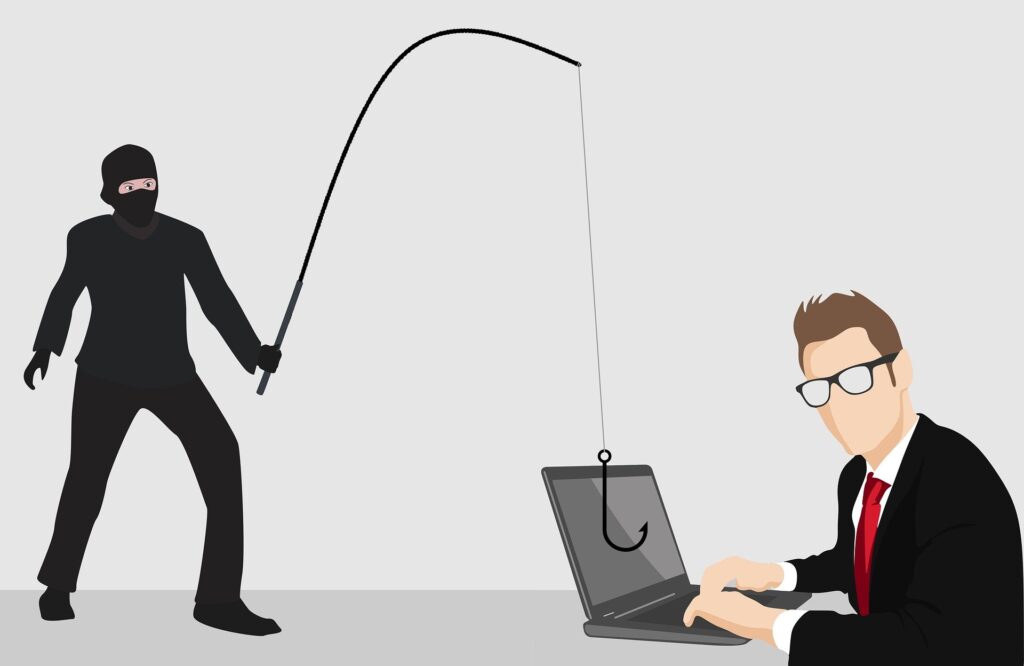If you have an email address and use the internet, we can just about guarantee that you have seen at least on Phishing scam email roll through your email inbox. We won’t even mention how many you probably have in your ‘junk’ folder!
But what is a phishing scam? No, it has nothing to do with the recreational sport of ‘fishing’, nor does it have to do with the popular jam band ‘Phish’. Phishing scams are nasty and they are designed to take advantage and trick people out of money.
Phishing scams have evolved over time and some look very realistic. Here is how they typically work.
As an example: You will receive an email with a subject line reading something like this, “Thank you for you recent Amazon purchase.” But you didn’t make a recent Amazon purchase? Hmm? What could this be? It has to be a mistake, right?
It is a phishing scam.

When you open the email, it will attempt to look like a professional email from Amazon, most often times the scammers do a good job attempting to replicate a real Amazon email. (Keep in mind, we are using Amazon as an example, Phishing scams are done using thousands of different companies, both local and worldwide.)
The email will say something about a recent purchase and then have a link that says something like, ‘If you did not make this purchase, click here to dispute’. Well, when you click that link, you will redirected to a website that looks like the Amazon log in page (or whatever business login page the scam is using). However, if you look at your browsers address bar, you will see that you are not on Amazon.com at all, but rather another URL/website.
If you enter you login details and hit submit, nothing will happen. On your end anyway. What will happen is this:
The scammer will now have your complete login credentials to Amazon.com. They will log in, change the information so you are unable to log back in to the real Amazon.com and they will start purchasing items using your payment information.
That is how Phishing scams work.
Here are some RED FLAGS to look for when viewing potential Phishing scam emails:
- Emails with poor grammar and have numerous spelling errors
- Emails that open with Dear or end in Best Regards (companies don’t typically speak that way in emails)
- Emails that ask you to open an attachment. Companies will never ask you to open an attachment via email
- Emails that want to you take action quickly
- URL or email address URL does not match the company in question
- Emails that claim you won a lottery or were left a large inheritance
- Emails that ask you to provide personal information, like payment info or login information – via the email
Now that you know what a Phishing scam email looks like, make sure to educate others – so they do not fall victim to these types of scams. Sadly, where the internet was not a prevalent part of the older generation’s lives – they often fall victim to these types of scams.
In addition, a proper antivirus software is able to block potential phishing scam emails – saving you a big headache and potential threat!